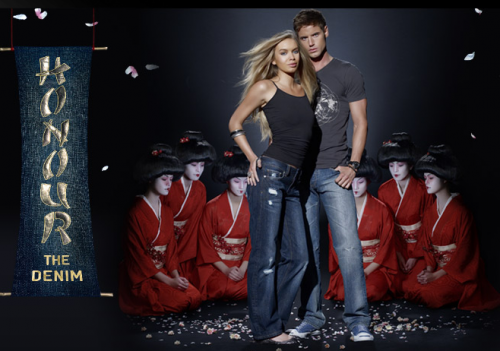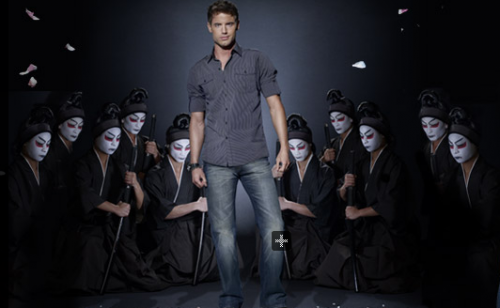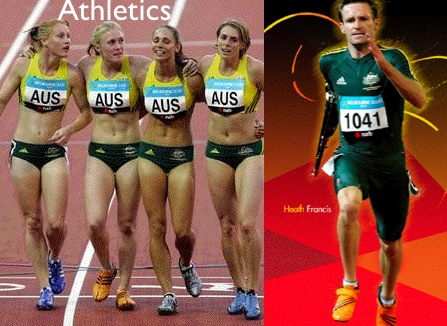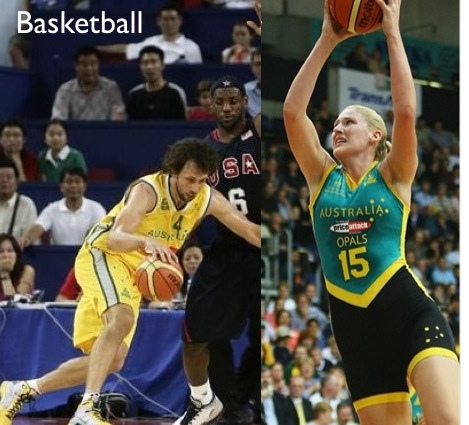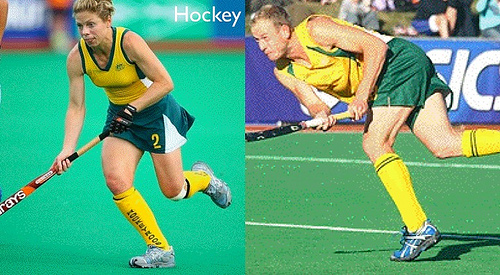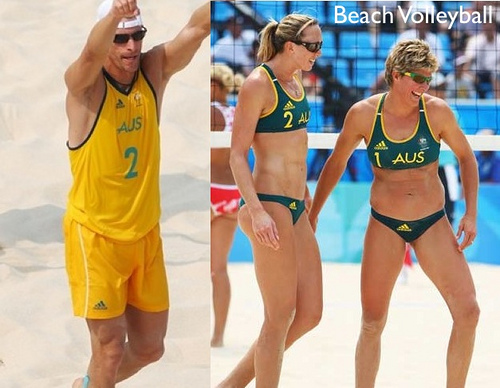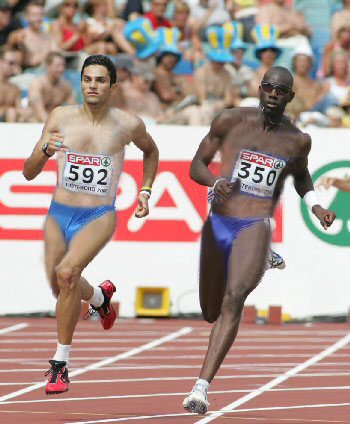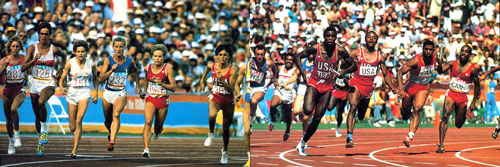Dmitriy T.M. sent us a link to an AdWeek post reporting that Miller Beer began advertising in Vietnam last week with this commercial:
[youtube]http://www.youtube.com/watch?v=KG9H5_oKVd0[/youtube]
Some sociologists who study international relations apply the idea of the brand to nations. Nations, they argue, can be seen as a product in a global marketplace. Australia, for example, is marketed as a rough and tumble place where we can get back to nature and find our true selves. Insofar as they can can control their brand, countries can draw tourism and increase demand for their exports (see here and here for Australian examples).
The ad above is an excellent example of Miller capitalizing on the American brand: “It’s American Time. It’s Miller Time.” Notice also that the ad is in English and doesn’t feature anyone that looks Vietnamese. The whiteness of the ad is purposeful. Miller is selling a specific version of “America” characterized by white people, urban life, sex-mixed socializing and, also, really bad music.
UPDATE! In the comments, Adam linked to this ad which ran in the Phillipines:
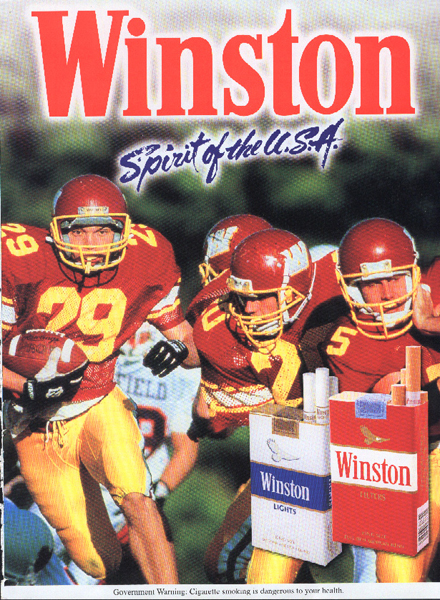
You can also think of the California happy cows commercials as a form of state branding.
See here, here, and herefor posts showing the social construction of America as white.
Lisa Wade, PhD is an Associate Professor at Tulane University. She is the author of American Hookup, a book about college sexual culture; a textbook about gender; and a forthcoming introductory text: Terrible Magnificent Sociology. You can follow her on Twitter and Instagram.

